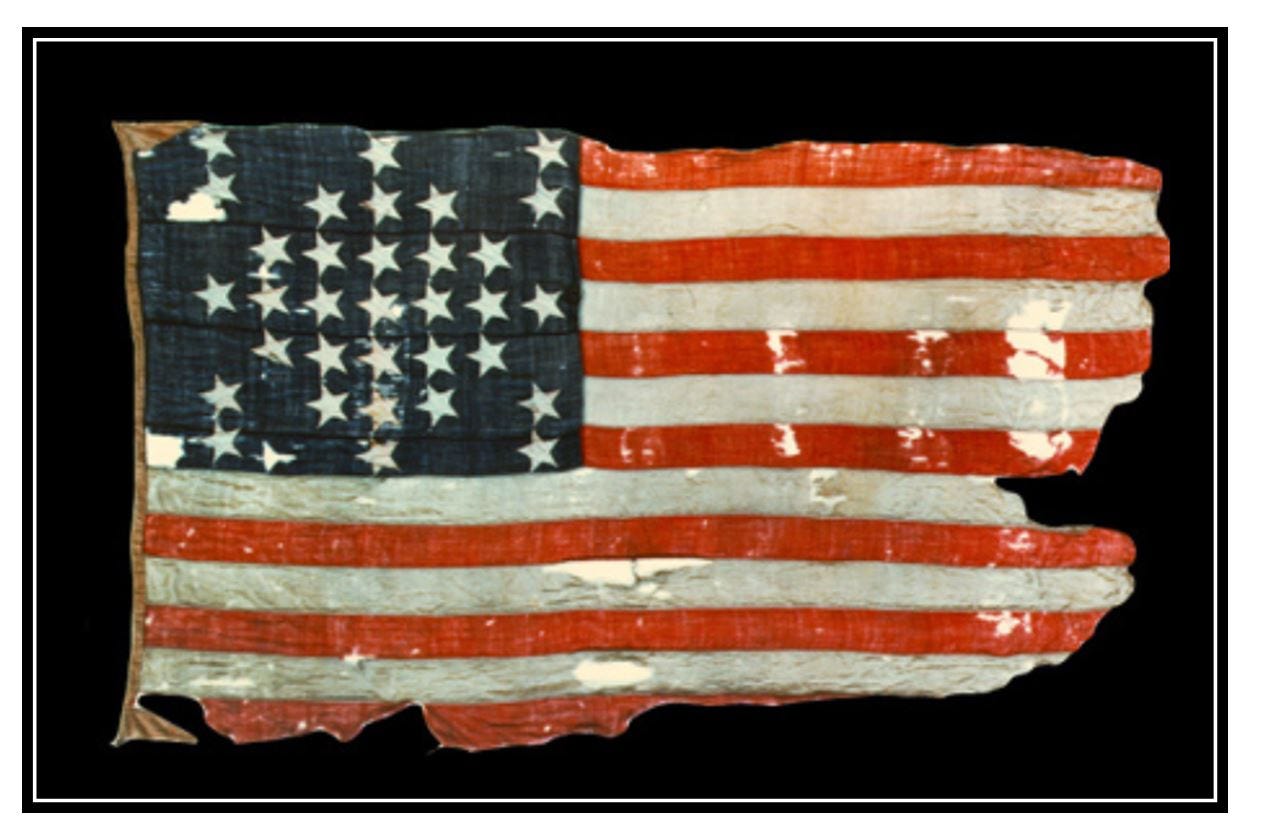TDIH: Fort Sumter
A stalemate continued for weeks: Federal forces would not abandon the fort, but the Confederacy would not allow any federal resupply effort into its territory.
On this day in 1861, Confederate General P.G.T. Beauregard sends a demand to Union Major Robert Anderson: Surrender Fort Sumter! But how had matters come to such a point? At that point in time, the Civil War still had not really started.
States had been seceding, of course. South Carolina was the first to make this move in December 1860. By April, seven states had separated from the Union, forming their own government. The Confederate States of America immediately got to work seizing federal forts, arsenals and customs houses located in the South.
If the Confederacy was an independent nation, then it could not have another government’s offices on its property.
The focus soon turned to one particular fort in South Carolina: Fort Sumter. That fort was still in federal hands, but it had a big problem: Its supplies were dwindling. The federal government could not resupply the fort without treading into areas claimed by the Confederacy. A stalemate continued for weeks: Federal forces would not abandon the fort, but the Confederacy would not allow any federal resupply effort into its territory.
Matters came to a head when Lincoln decided to launch a resupply effort, despite Confederate opposition. He notified the South Carolina governor that “an attempt will be made to supply Fort-Sumpter with provisions only; and that, if such attempt be not resisted, no effort to throw in men, arms, or ammunition will be made . . . .”
Historian James McPherson notes: “In effect Lincoln flipped a coin with Confederate president Jefferson Davis, saying: Heads I win; tails you lose.” The Confederacy could not allow federal resupply efforts, unless it also wanted federal occupation to continue. But if it prevented resupply efforts, then it would be blamed for starting the war.
Confederate leaders decided that the situation must be resolved before federal supply ships arrived. The commander of Confederate forces in Charleston, General Beauregard, was instructed to “demand [the fort’s] evacuation and, if this is refused, proceed in such manner as you may determine to reduce it.”
Beauregard dispatched emissaries to the fort on April 11. Major Anderson refused to surrender, but he also remarked to the emissaries that “if you do not batter the fort to pieces about us, we shall be starved out in a few days.” His comments were communicated to Beauregard and to Confederate authorities. The Secretary of War then instructed Beauregard: “We do not desire needlessly to bombard Fort Sumter. If Major Anderson will state the time at which, as indicated by him, he will evacuate and agree that in the meantime he will not use his guns against us unless ours should be employed against Fort Sumter, you are thus to avoid the effusion of blood.”
By now, it was approaching midnight. The revised terms were delivered to Anderson at 12:45 A.M. on April 12th. Anderson indicated to Beauregard’s emissaries that he would evacuate on the 15th, unless he received additional supplies before then. Unfortunately, such an answer couldn’t satisfy the Confederate side because the federal resupply ships were expected before then.
Naturally, you will have to wait until tomorrow to find out what Beauregard’s emissaries did with this unsatisfactory answer. ;)
P.S. The picture is of the storm flag flying over Ft. Sumter during this time. Its battered condition gives away a bit of tomorrow’s story, doesn’t it?
Sources can always be found on my website, here.



Thank you for this story! (We fish at Breach Inlet)..looking across the water to Ft Sumpter is humbling. TY for your continued stories about “real people”. Our history is so important! 🇺🇸
Thank you, again Tara, for the little known facts concerning this nation’s Civil War!